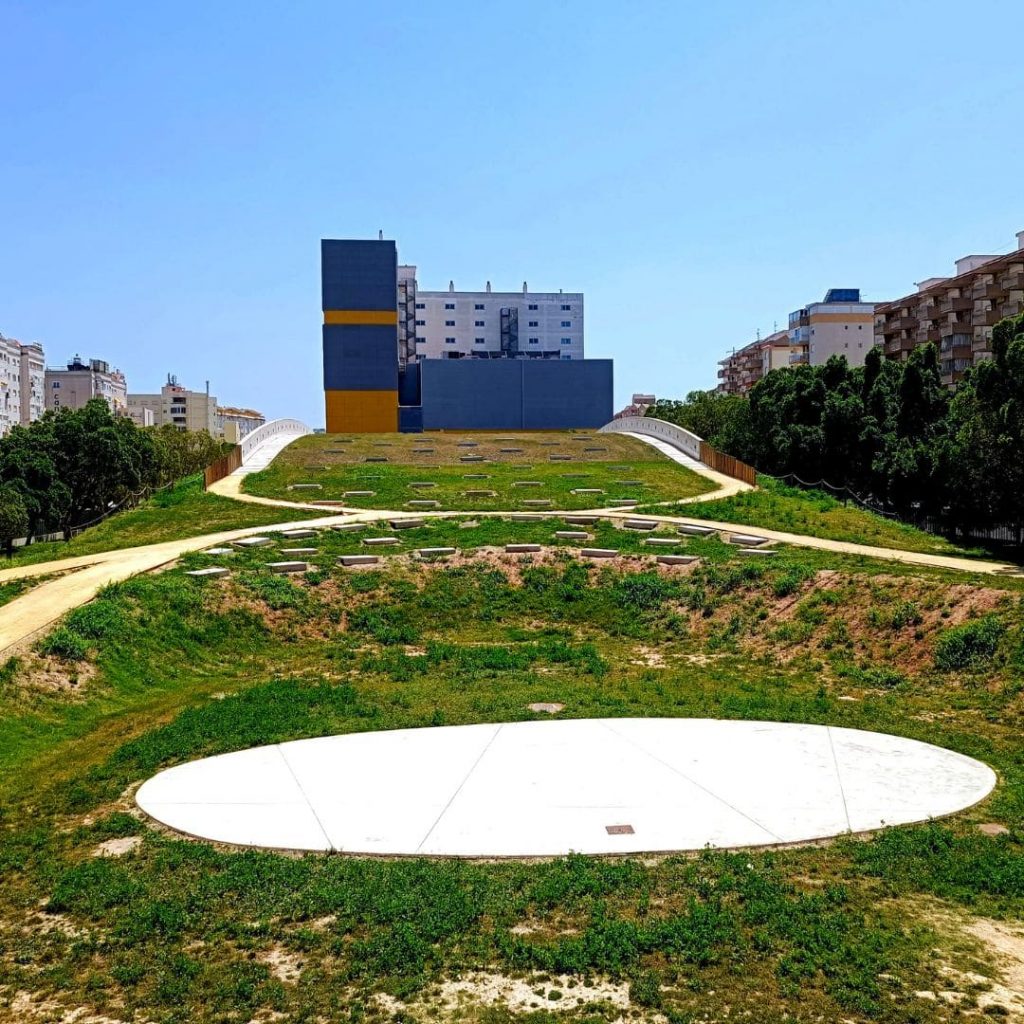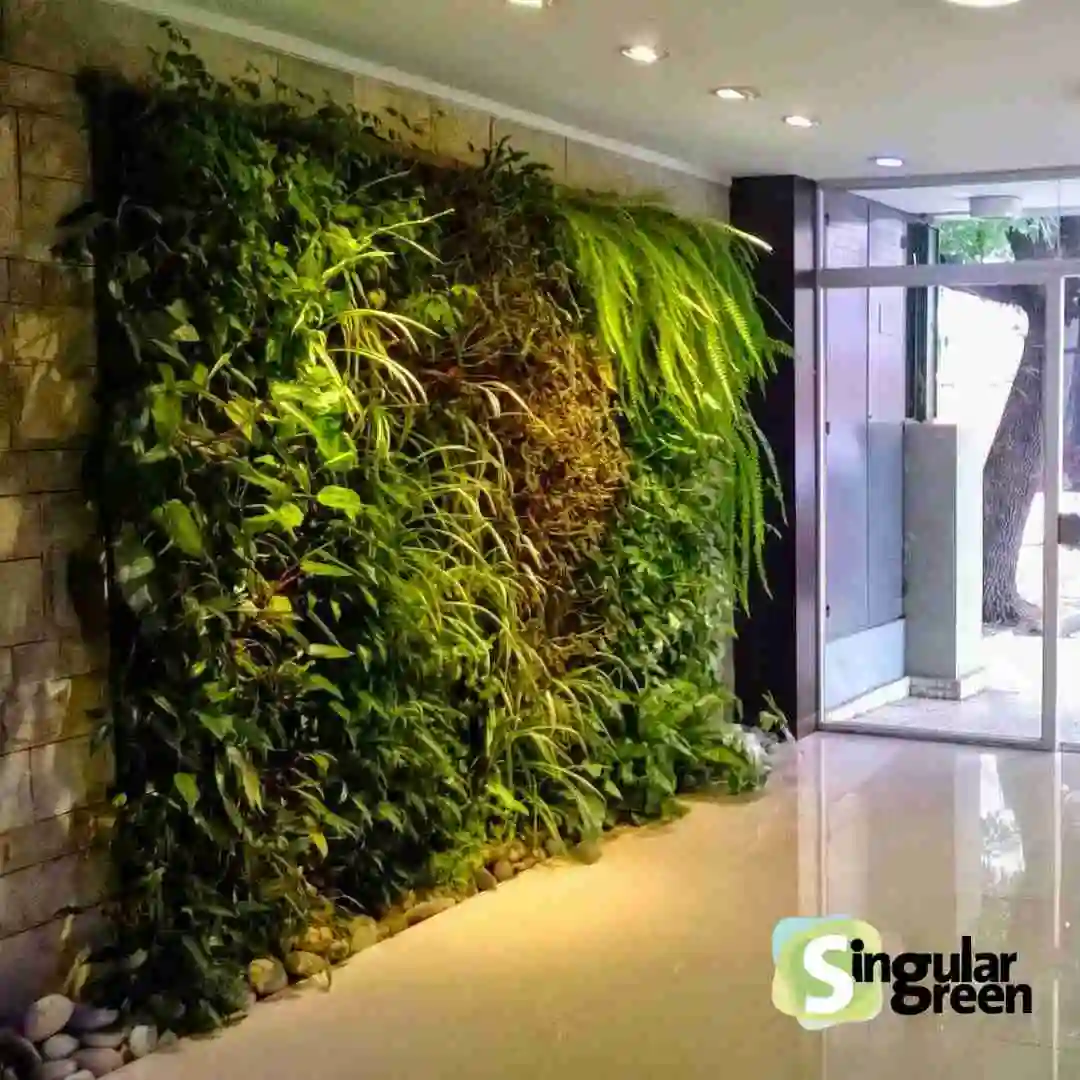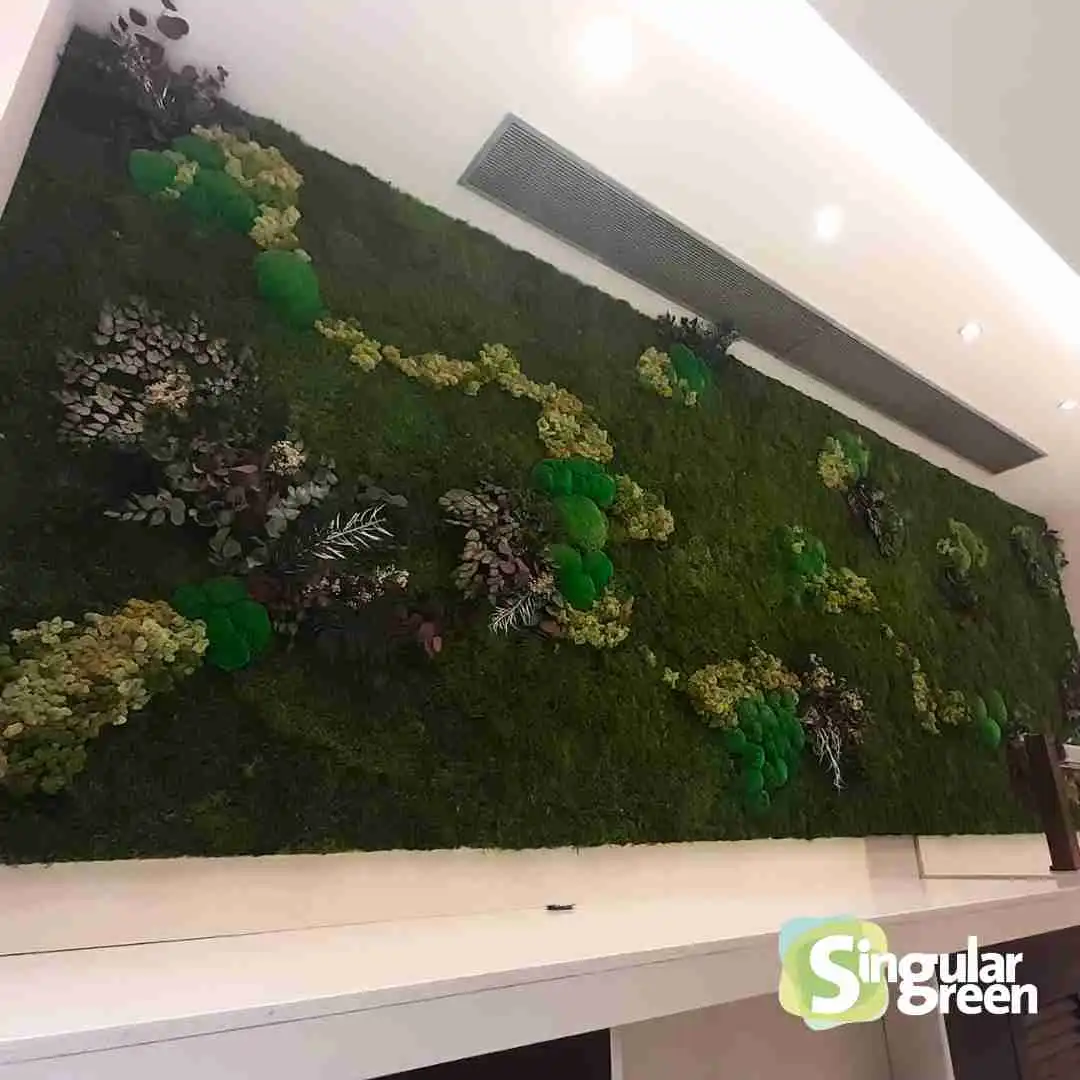The installation of green roofs has become a growing trend in sustainable architecture.
These structures not only improve the aesthetics of buildings, but also contribute to energy efficiency and environmental well-being.
However, their implementation requires meticulous planning and the choice of suitable materials, especially when it comes to adapting them to local climatic conditions.
In this article, we will explore in depth the essential steps for installing both walkable and non-walkable green roofs, based on practical experience and technical recommendations tailored to specific needs.
Differentiation between walkable and non-walkable Green Roofs


In many regions, especially in Spain, the traditional classifications of extensive and intensive green roofs do not fully fit the climatic and use realities.
Instead, we propose a categorisation based on the walkability of the roof: walkable and non-walkable green roofs.
This classification is not only better suited to local conditions, but also provides clearer guidance for the design, installation and maintenance of these systems.
Steps for the Installation of a Non-trafficable Green Roof
1. Waterproofing and Choice of Materials
Waterproofing is fundamental to any green roof, and its correct execution ensures the durability and effectiveness of the system.
For non-trafficable roofs, it is crucial to select materials that offer anti-root resistance and a minimum durability of 20 years. PVC, EPDM or polyurethane sheets are viable options, each with specific characteristics that must be evaluated depending on the project.
2. Waterproofing Protection
Once the waterproof sheeting has been installed, a protective layer of geotextile must be laid.
This material not only protects the waterproofing from damage, but also acts as an additional barrier against root penetration.
3. Drainage and retention layers
To ensure efficient drainage and to retain the necessary moisture for the plants, a slotted drainage sheet is used, followed by a high grammage geotextile retention layer.
These layers work together to prevent waterlogging and ensure that the plants have adequate water.
4. Applying the Right Substrate
The substrate is a key component in the installation of green roofs.
In the case of non-trafficable roofs, it is recommended to use a specific inert substrate, which not only provides support for the plants, but also facilitates drainage and aeration, minimising the risk of compaction.
5. Irrigation System: How and When to Implement It
Irrigation on non-trafficable roofs is essential to maintain plant health.
A drip irrigation system is ideal as it delivers water directly to the roots with superior efficiency, avoiding water loss through evaporation.
6. Vegetative Finish: Options and Considerations
For non-trafficable roofs, sedum sod is one of the most recommended options.
This type of vegetation is not only resistant to adverse conditions, but also requires minimal maintenance, making it an ideal choice for projects where the roof will not be walked on regularly.
Guide to the Installation of a Walkable Green Roof
1. Waterproofing Considerations
Waterproofing on trafficable roofs follows similar principles to non-trafficable roofs, with the difference that resistance to foot traffic becomes a critical factor. The materials selected must withstand both traffic pressure and root penetration.
2. Protection and Drainage Layers
The protection of the waterproofing is provided by geotextiles of a heavier weight than in non-trafficable roofs.
The drainage layer, common to both types, must be sufficiently robust to withstand traffic and ensure efficient drainage.
3. Use of the Substrate in Trafficable Roofs
The substrate used on walkable roofs must be formulated to resist compaction, maintain moisture and allow aeration of the roots.
Its correct formulation is key to the long-term success of the green roof.
4. Efficient Irrigation Techniques
Irrigation on walkable roofs can be implemented either above ground or underground.
The latter is preferred for its efficiency, as it reduces evapotranspiration and ensures deeper root development.
5. Plant Finish Selection and Application
Grasses and grasses are ideal for walkable roofs due to their resistance to trampling.
Installation can be seeded or sodded, depending on the needs of the project and how quickly you want to establish the groundcover.
Groundcover Maintenance: Keys to Longevity
Regular maintenance is essential to ensure the longevity of green roofs.
This includes periodic waterproofing checks, adjustments to the irrigation system, and replacement of plants in the event of wear and tear or death.
Benefits of Green Roofs by Use
Green roofs offer a wide range of benefits, which vary according to their use.
Non-trafficable roofs mainly contribute to energy efficiency and biodiversity, while trafficable roofs provide functional green spaces that can be used by people, improving the quality of life in urban environments.
Conclusion: Adapting Green Roof Installation to Local Conditions
In summary, adapting green roof installation techniques to local conditions is crucial to maximise their effectiveness and sustainability.
By considering walkability as a key factor, it not only improves the functionality of the roofs, but also ensures their longevity and long-term performance, creating green solutions that integrate harmoniously with the urban environment.







